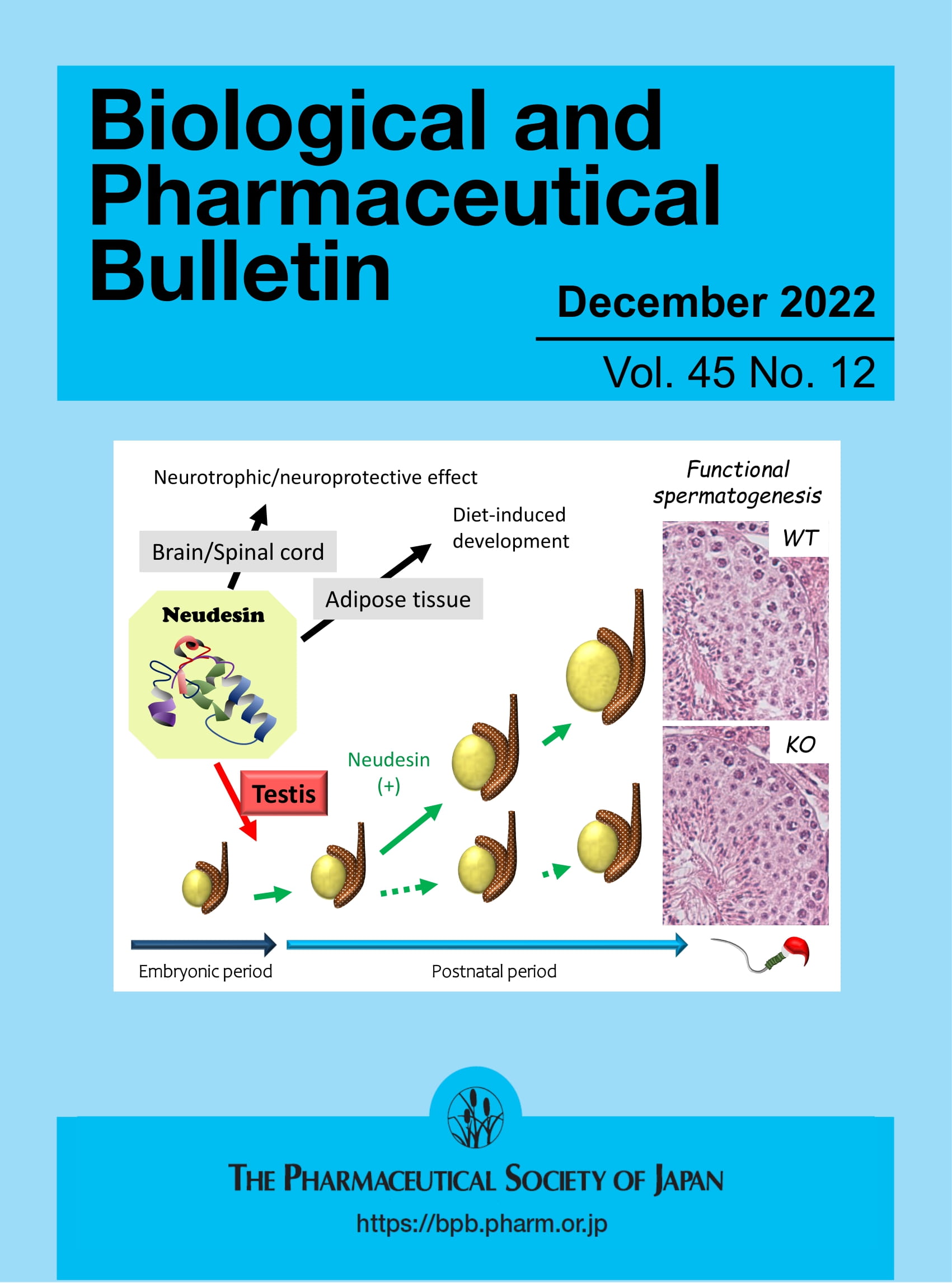Impurity Profiling and Mechanistic Investigation of the Photochemical Degradation of Tetrandrine
Abstract
Rationale
Tetrandrine is a bisbenzylisoquinoline alkaloid with diverse pharmacological activities and faces critical pharmaceutical challenges due to its inherent photolability under environmental stressors. Despite its therapeutic potential, systematic investigations into its photodegradation mechanisms and impurity profiling remain conspicuously absent, posing risks to drug quality control and regulatory compliance.
Methods
Structural elucidation of degradation products (DPs) was achieved through advanced analytical techniques, including high-resolution mass spectrometry (HRMS), 1D/2D nuclear magnetic resonance (NMR) spectroscopy, and comparative fragmentation analysis. Key degradation drivers—including light intensity, atmospheric composition, aqueous content, and pH extremes—were quantitatively assessed through designed single-variable experiments.
Results
Seven photodegradants (DP-1 to DP-7) were structurally characterized, including two quaternary ammonium enantiomers (DP-2 and DP-3) from N-oxidation, a benzophenone derivative (DP-4) via benzylic C–H oxidation, and macrocyclic cleavage products (DP-1 and DP-7) through oxidative C–C bond scission. Degradation exhibited irradiance threshold behavior (> 10 mW cm−2 for 80% conversion) and oxygen dependency (R2 = 0.98). Alkaline conditions (0.1 M NaOH) induced complete degradation within 0.5 h through ·OH-mediated radical chain reactions, while aqueous media (40% H2O) accelerated hydrolysis.
Conclusions
This study provides the first mechanistic atlas of tetrandrine's photodegradation, identifying three dominant pathways: oxidative skeletal modification, oxidative ring-opening, and radical-mediated C–N cleavage. This study establishes a robust framework for the impurity analysis of natural product-derived drugs and provides actionable guidelines for stabilizing tetrandrine during manufacturing and storage.




 求助内容:
求助内容: 应助结果提醒方式:
应助结果提醒方式:


